*Produced by SilverKris for The Bone & Joint Centre*
While popular sports such as running, swimming and hitting the weights at the gym are great ways to burn some calories and get those endorphins going, it can be easy to fall into a rut of cycling through the same workouts for weeks at a time.
If you’re looking to switch things up and inject some novelty into your exercise routine, why not try your hand at a more unconventional activity, such as parkour, bossaball or aerial yoga? We outline the basics of these sports and recommend a few places to try them in Singapore, plus offer some important tips on how to prevent and treat common sports-related injuries.
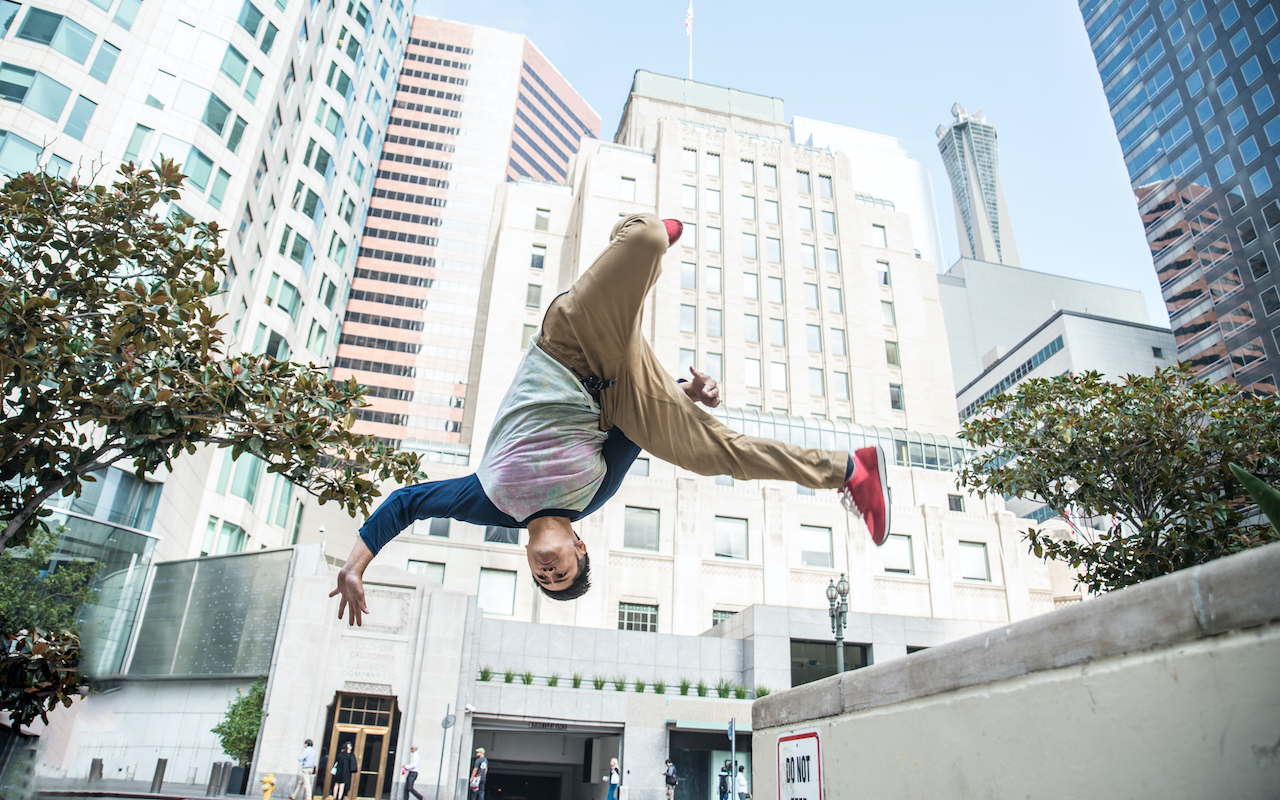
1. Parkour
Developed from military obstacle course training, parkour is an outdoor sport where participants navigate various obstacles to get from one point to another, without the use of assistive equipment. Combining a host of disciplines – including running, climbing, jumping, vaulting and plyometrics – it can be carried out in any urban space and allows participants to see their surroundings in a new and creative light. For an introduction to the sport in a safe environment, consider checking out the classes offered at MOVE Academy, Superfly or A2 Movements.
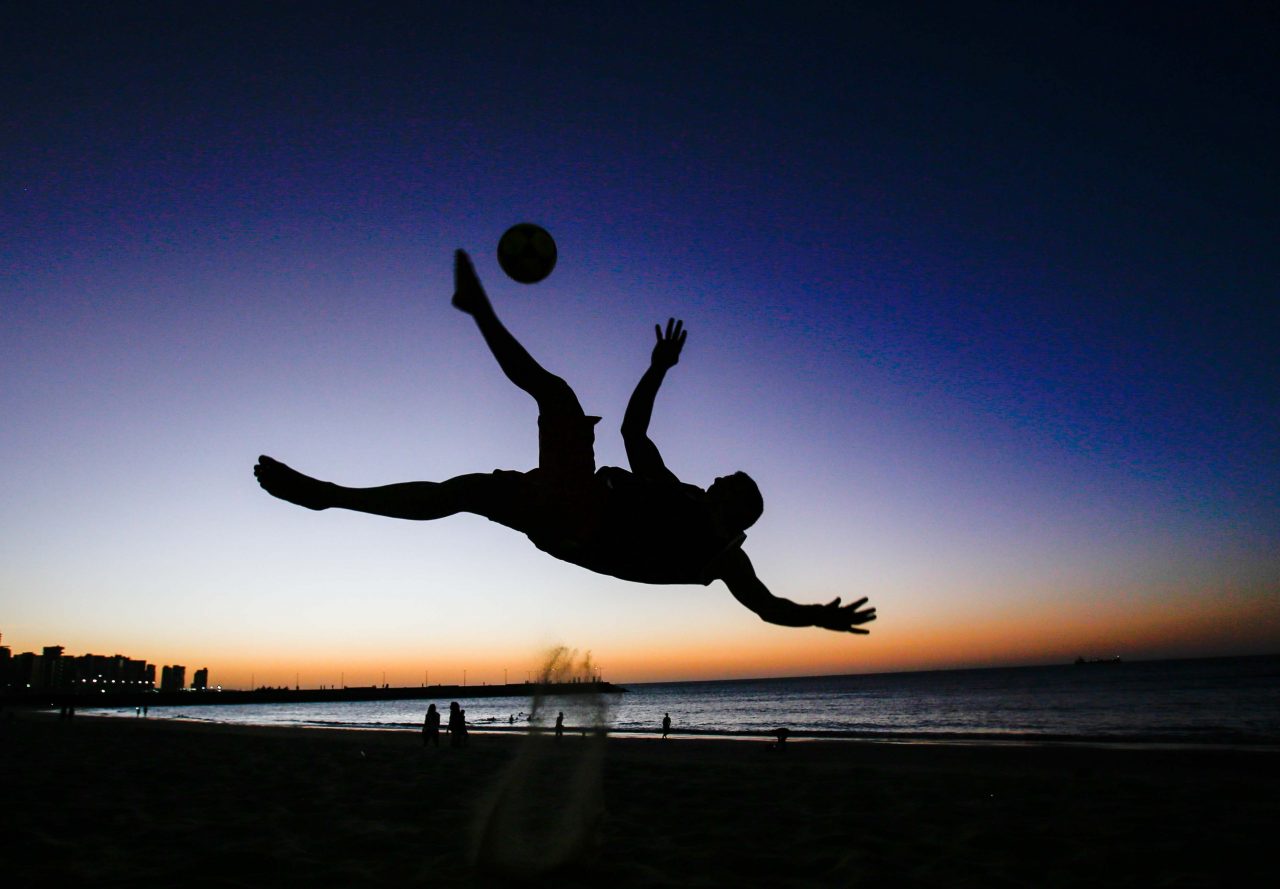
2. Bossaball
Blending elements of gymnastics, volleyball and football, bossaball is a relatively new sport that was invented by Belgian Filip Eyckmans and launched in roughly 2005. Games are carried out on inflatable platforms with built-in trampolines. Participants volley a ball back and forth over a net, with the aim of grounding the ball on the opposing team’s side. In order to bat the ball from side to side, players can employ acrobatic techniques to serve, shoot and spike their way to victory. Find out more about how to get involved by getting in touch with Bossaball Singapore.
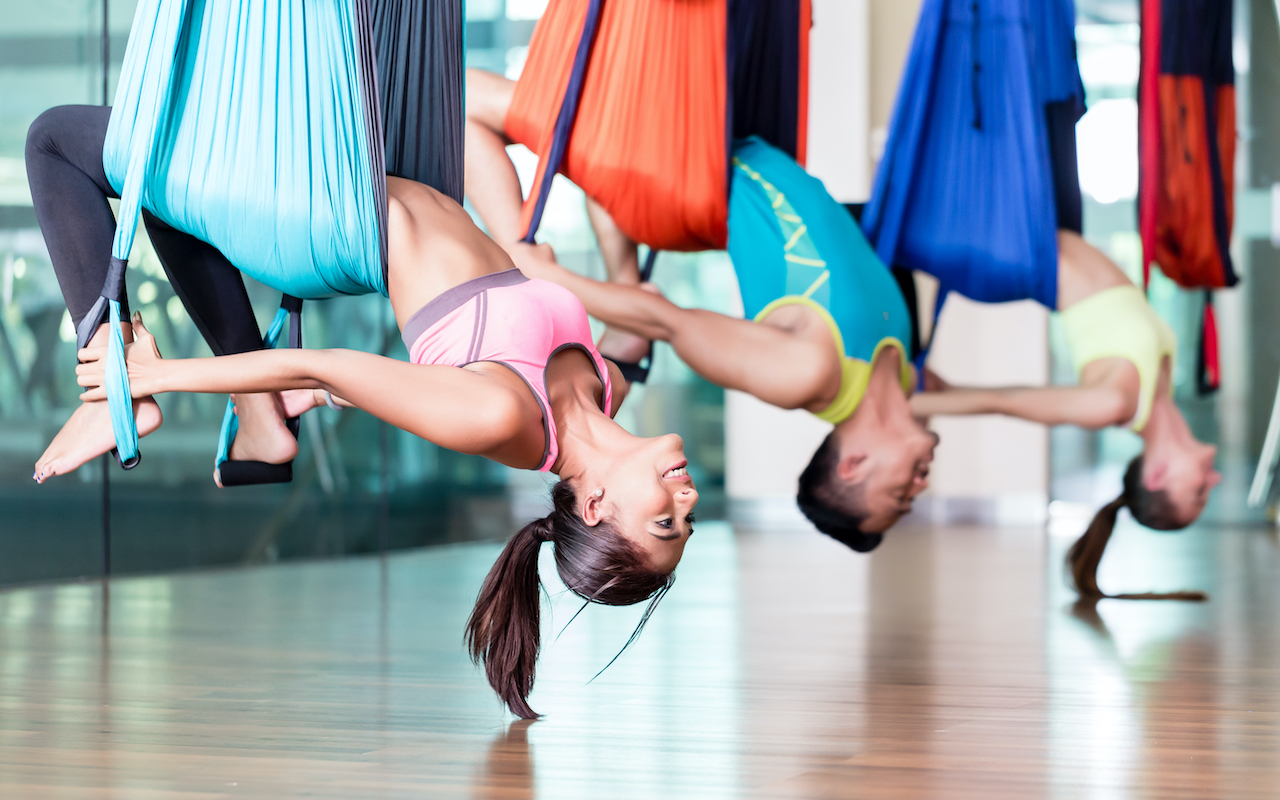
3. Aerial yoga
For an exercise discipline that’s equal parts grace and grit, why not try your hand at aerial yoga. While the sport involves performing conventional yoga poses, these are carried out in the air rather than on the mat, with your body suspended in a special hammock or structural fabric hanging from the ceiling. Ideal for those who have previous yoga experience, aerial yoga allows you to get a full-body workout with a focus on your upper body and core. Want to learn more? Check out the classes at PURE Yoga, Aerial Fitness Studio and Trium Fitness.
How to prevent sports-related injuries
When engaging in any sporting activity, there’s always a chance that you may accidentally injure yourself. Possible injuries when engaging in parkour, bossaball and aerial yoga include muscle strains, ligament sprains or tears, tendinitis, stress injuries and even fractures. In order to prevent these, Dr Kevin Koo, the director and consultant orthopaedic surgeon at The Bone & Joint Centre, advises proper warm-ups before engaging in sporting activity; wearing appropriate footwear with good insoles and heel support where applicable; maintaining good muscle strength and flexibility and slowing down or stopping if you feel fatigue or pain.
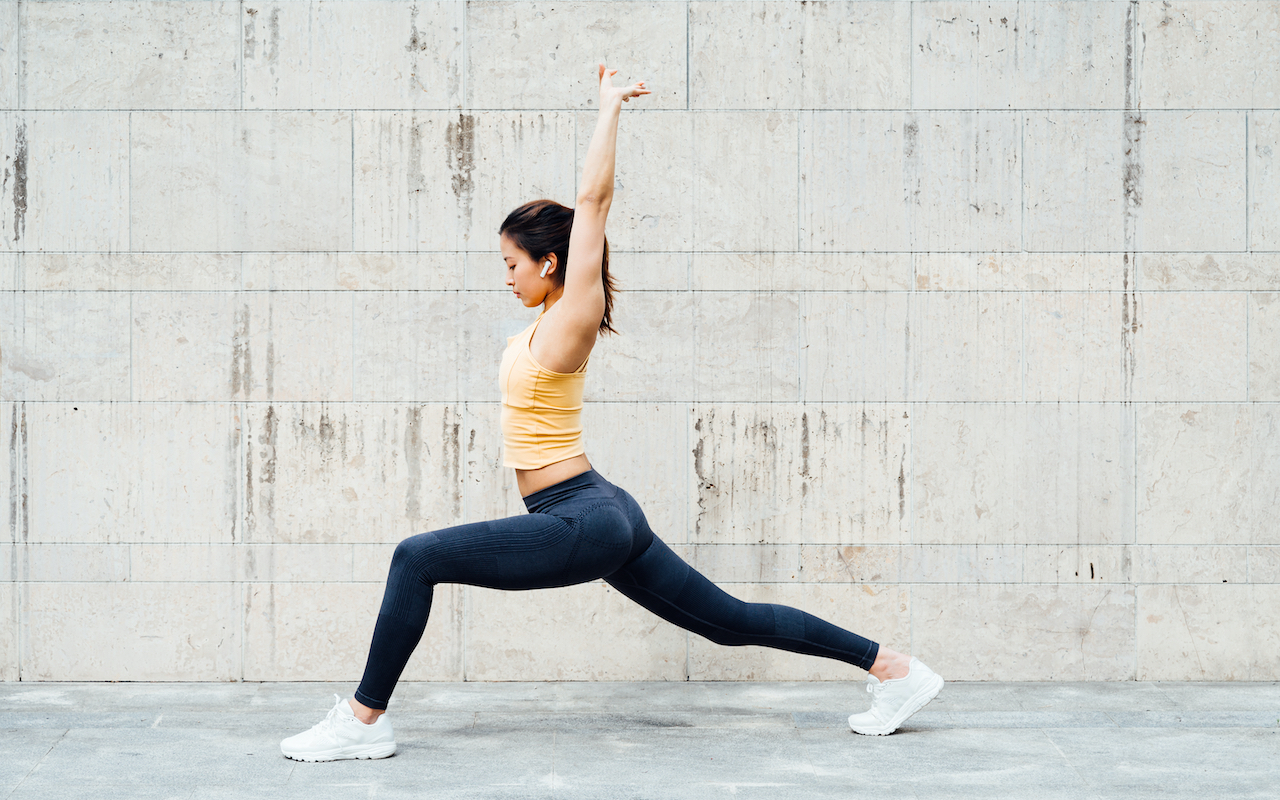
How to treat an ankle sprain
An ankle sprain is one of the most common sports injuries that can be sustained while participating in these exercises. It makes up 30% of all injuries seen in a sports clinic and is the most commonly seen injury in a GP clinic. While milder cases can heal with non-invasive treatment – including RICE (rest, ice, compression and elevation) therapy – surgery may be warranted if conservative treatments such as using an ankle brace or physiotherapy do not suffice.
The Arthroscopic Brostrum-Gould repair technique
The Bone & Joint Centre offers a breakthrough treatment procedure called the Arthroscopic Brostrum-Gould, also known as a keyhole ankle ligament repair technique. The procedure involves repairing the lateral ligaments, which help to stabilize the ankle joint, and also treats any associated cartilage injuries at the same time. According to Dr Koo, the technique is different from the open traditional technique, which uses a larger incision of 2cm to 3cm, compared to the 2mm to 3mm associated with the keyhole technique. The new technique is less painful and has less wound complications compared to open surgery. Once the surgery is performed, the patient can begin low-impact activities after six weeks, and high-impact exercises after three months.
For more information about The Bone & Joint Centre and their orthopaedic treatments, please visit bjc.sg
The post 3 alternative sports to try in Singapore appeared first on SilverKris.
from SilverKris
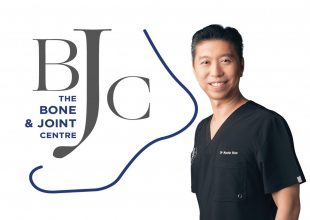
No comments:
Post a Comment